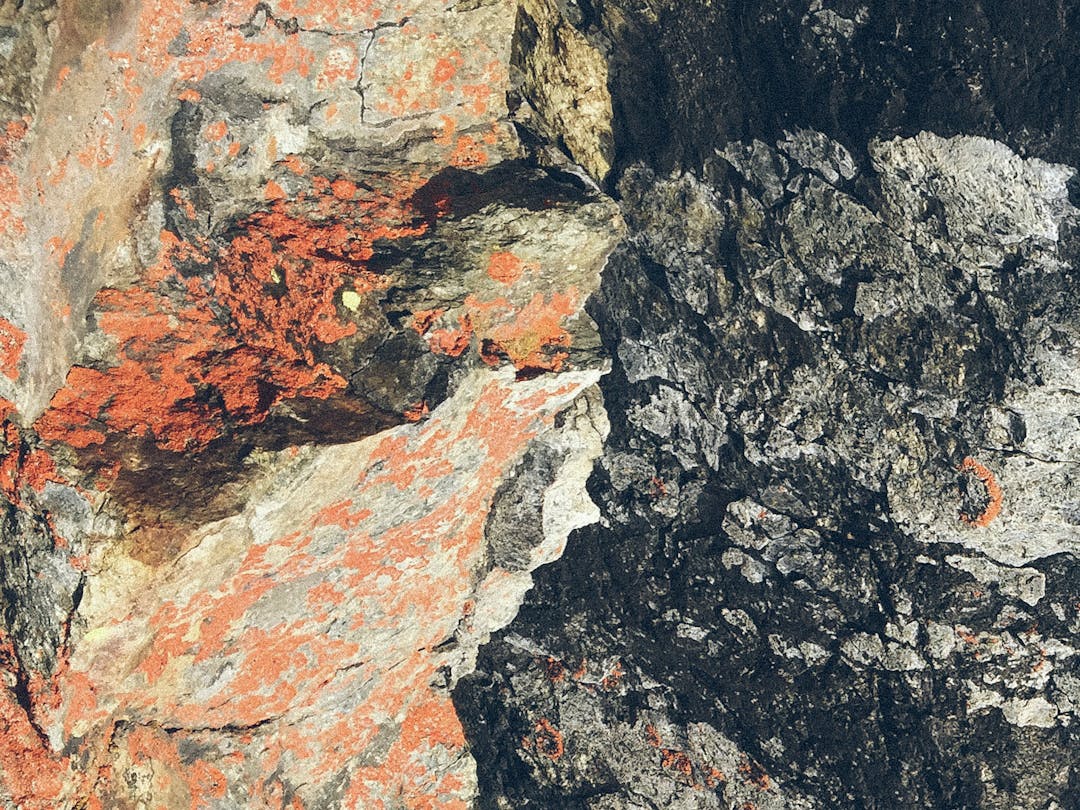Frontier is an advance market commitment (AMC) that aims to accelerate the development of carbon removal technologies by guaranteeing future demand for them. The goal is to send a strong demand signal to researchers, entrepreneurs, and investors that there is a growing market for these technologies. Importantly, Frontier aims to help create net new carbon removal supply rather than compete over what exists today.
In practice, its team of technical and commercial experts facilitates purchases from high-potential carbon removal companies on behalf of buyers. There are a variety of ways that buyers can participate in Frontier to help us further increase demand and spur new supply.
The concept of an AMC is borrowed from vaccine development and was piloted a decade ago. The first AMC accelerated the development of pneumococcal vaccines for low-income countries, saving an estimated 700,000 lives.
While the market dynamics of carbon removal and vaccines are not identical, they face similar challenges: uncertainty about long-term demand and unproven technologies. AMCs have the power to send a strong and immediate demand signal without picking winning technologies at the start.







